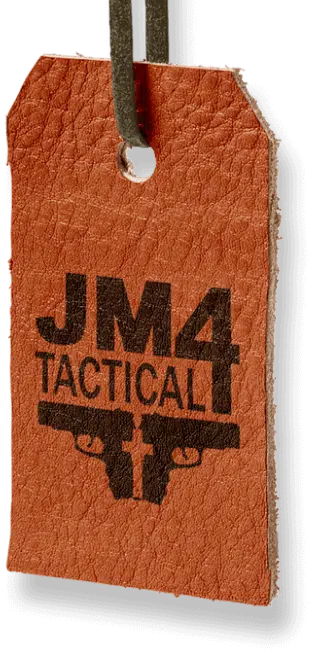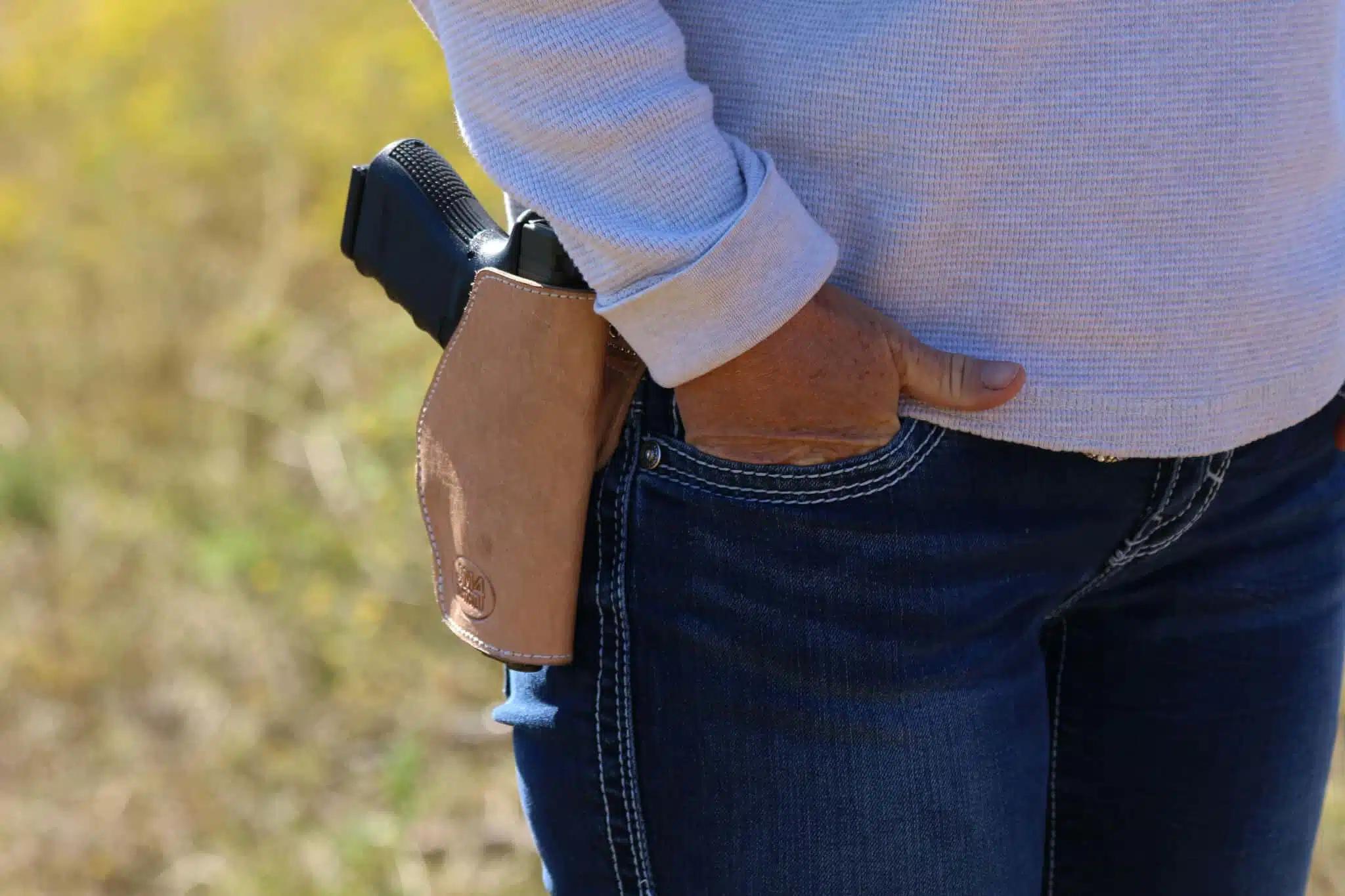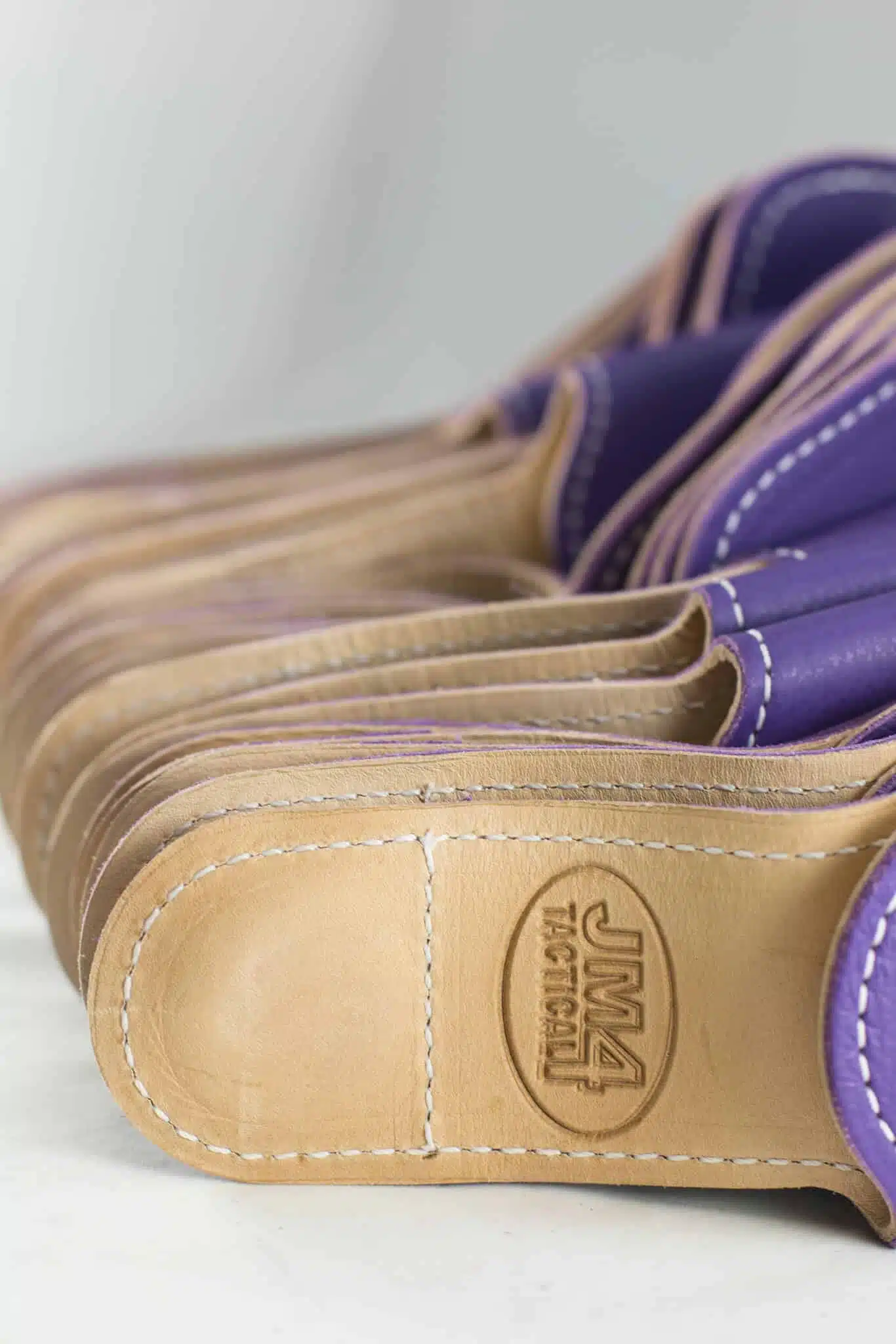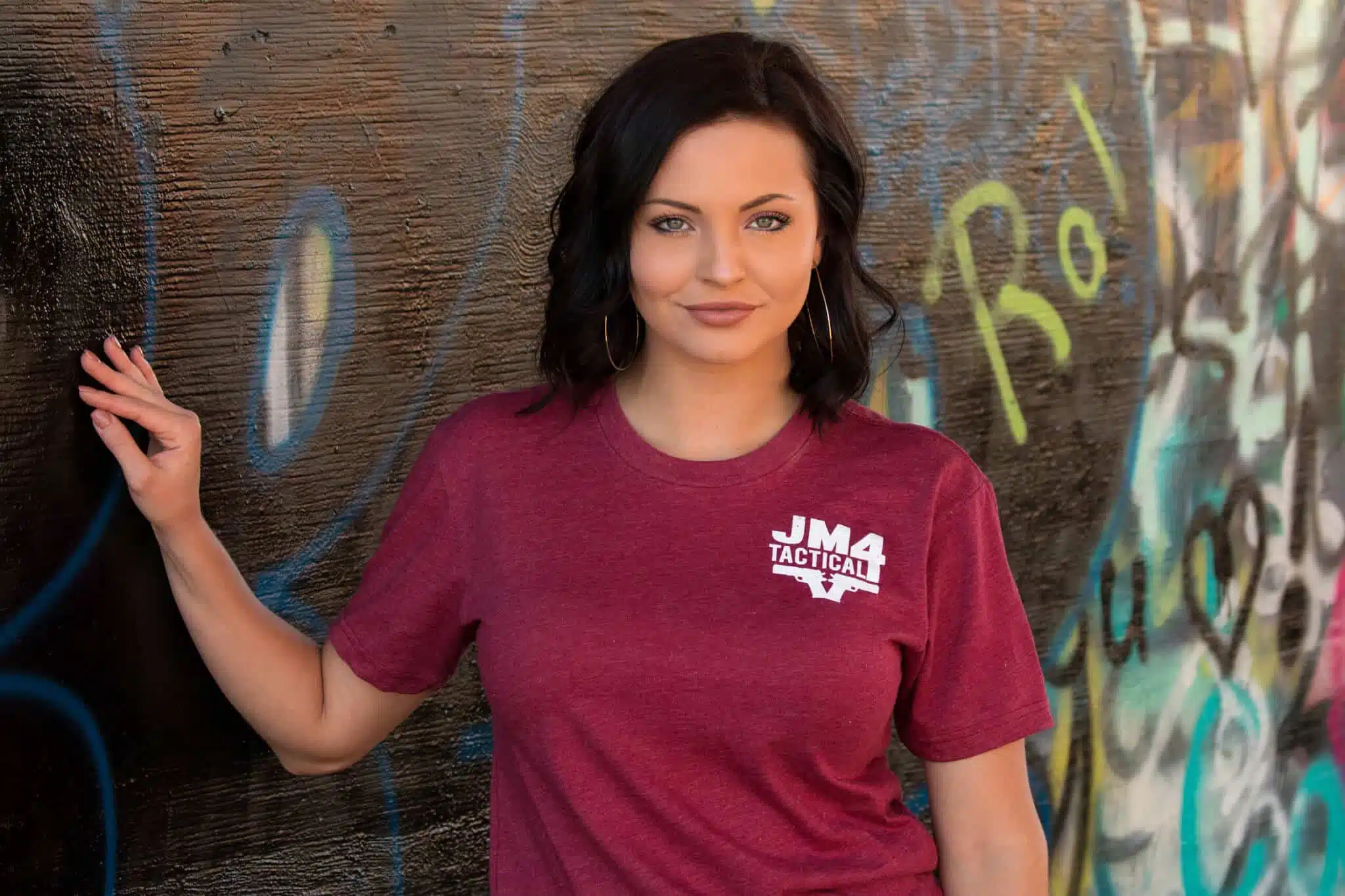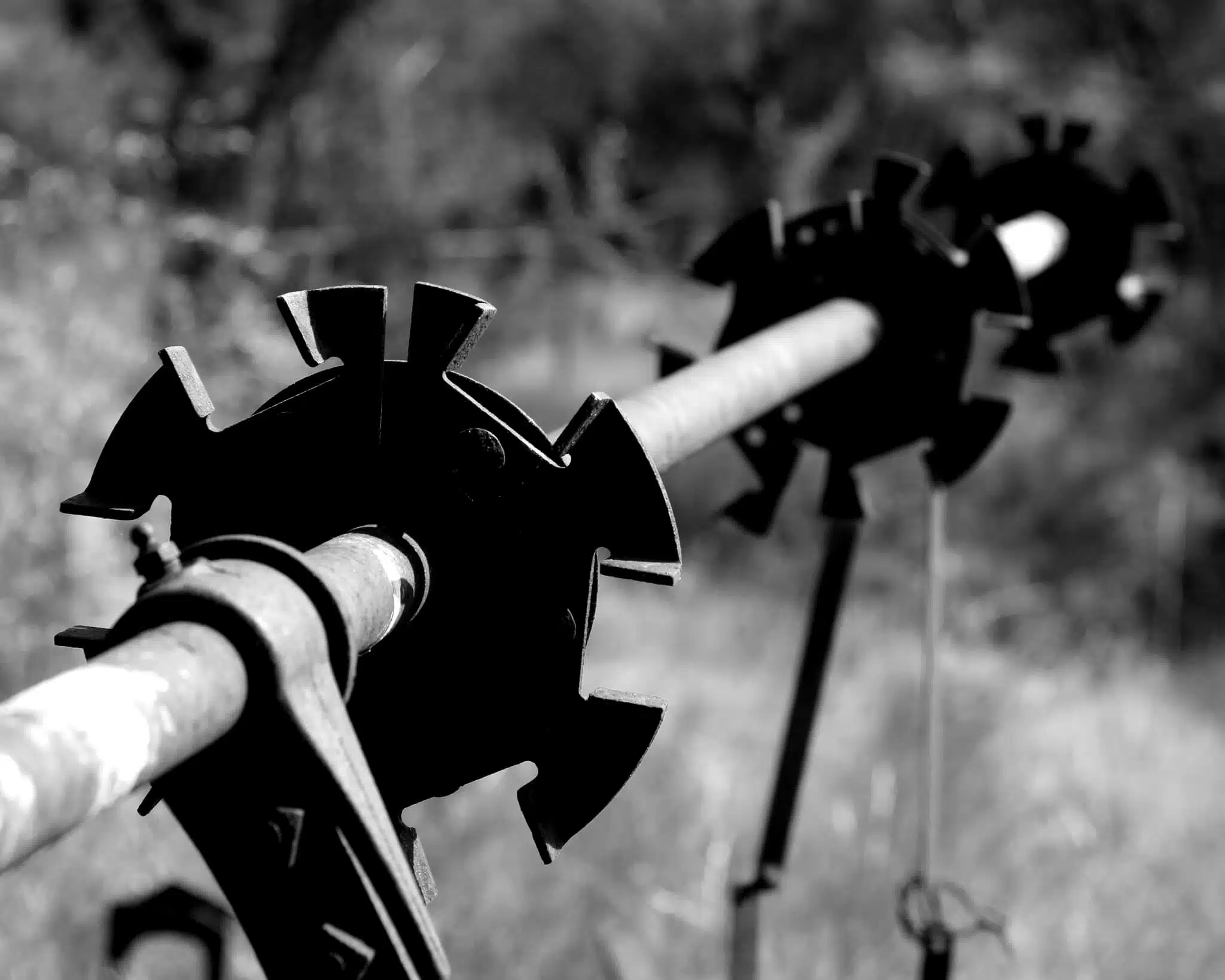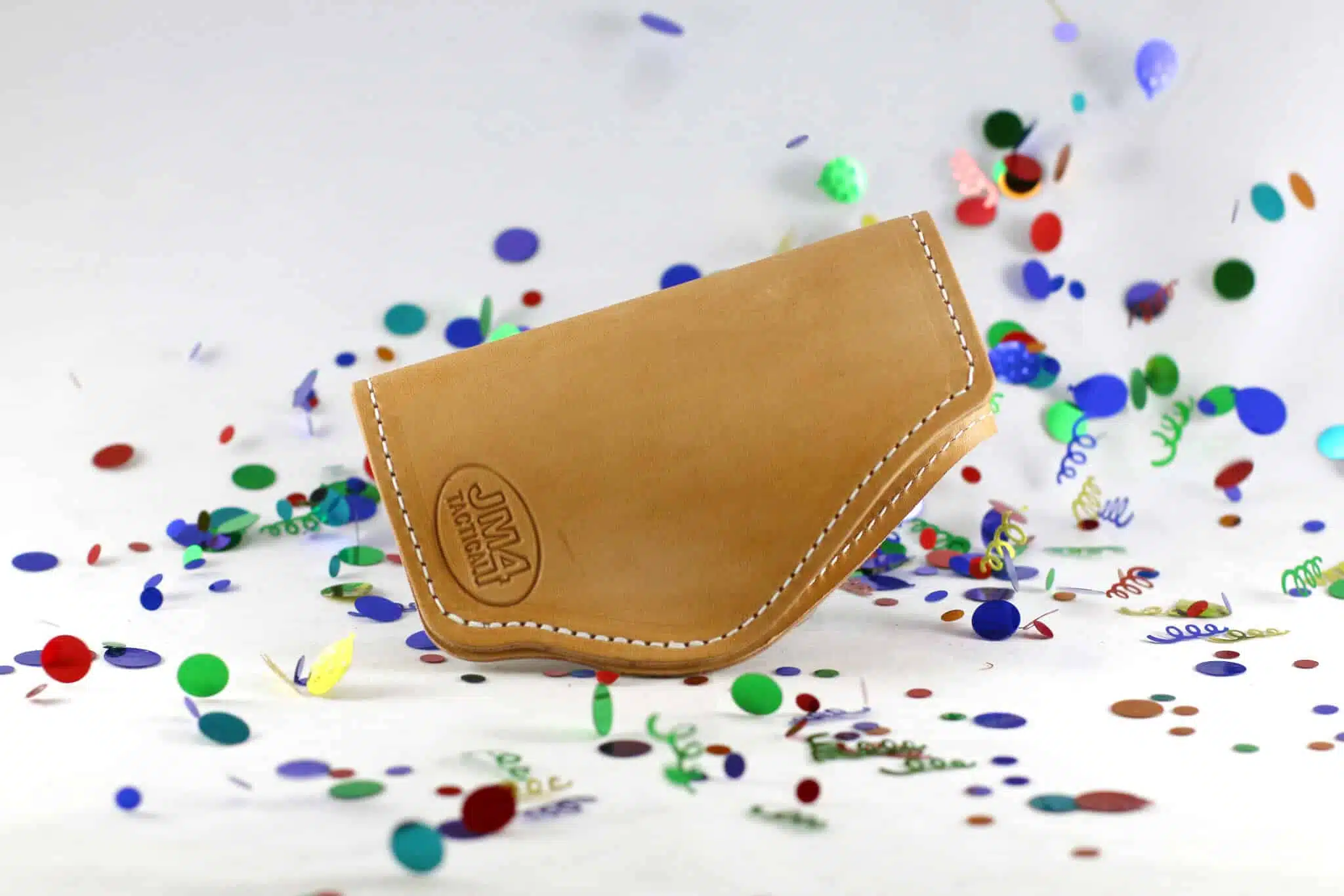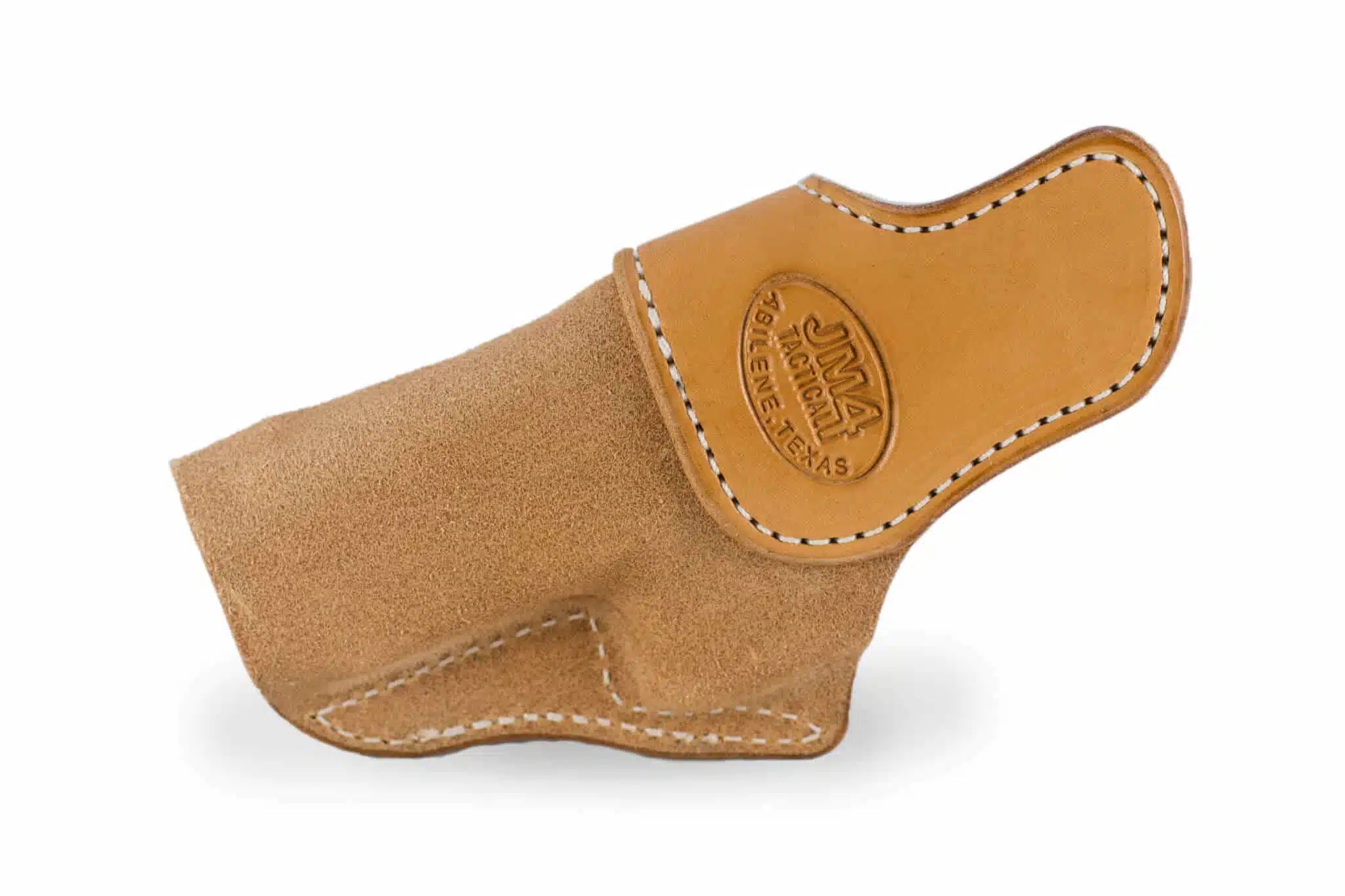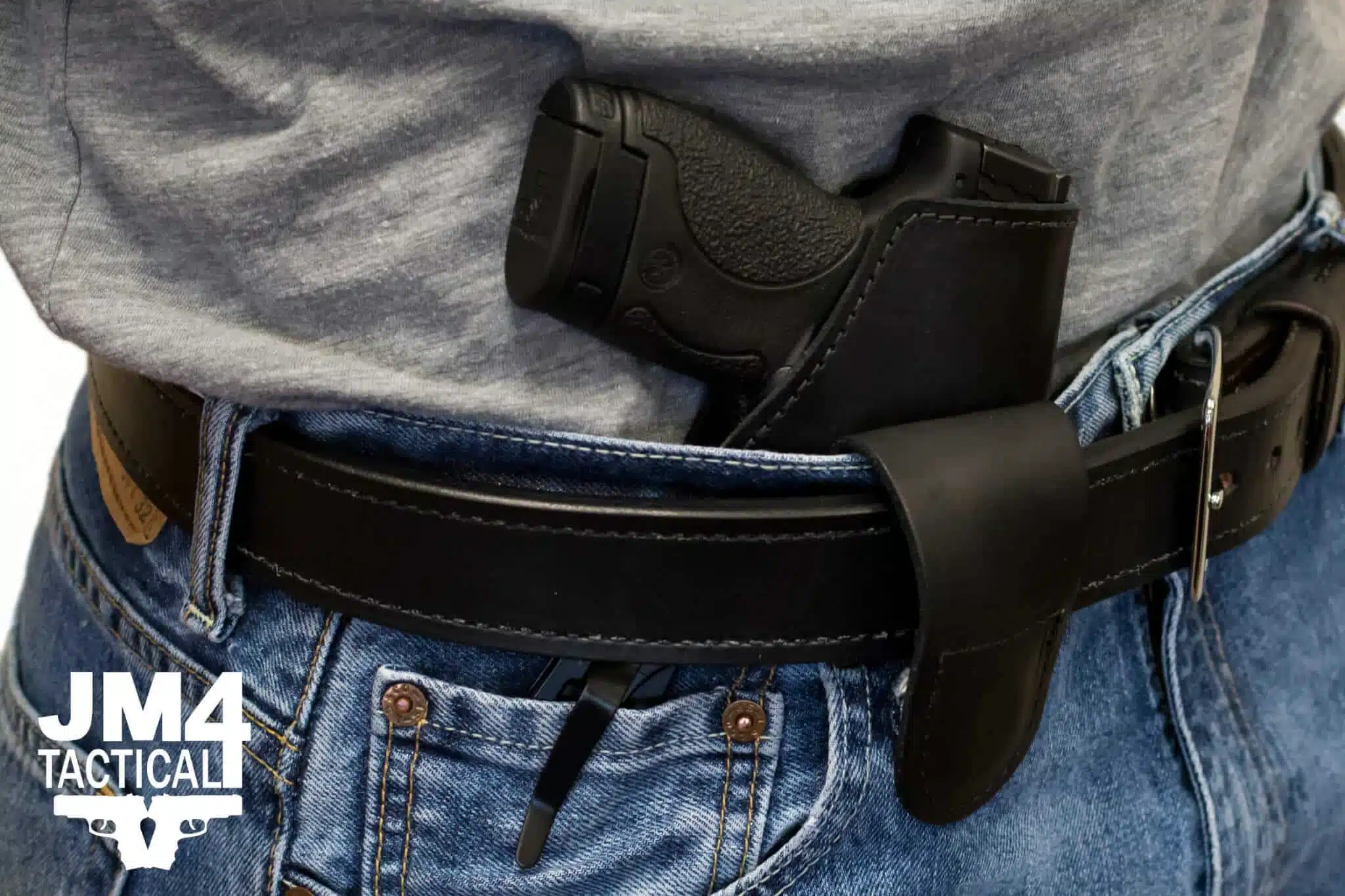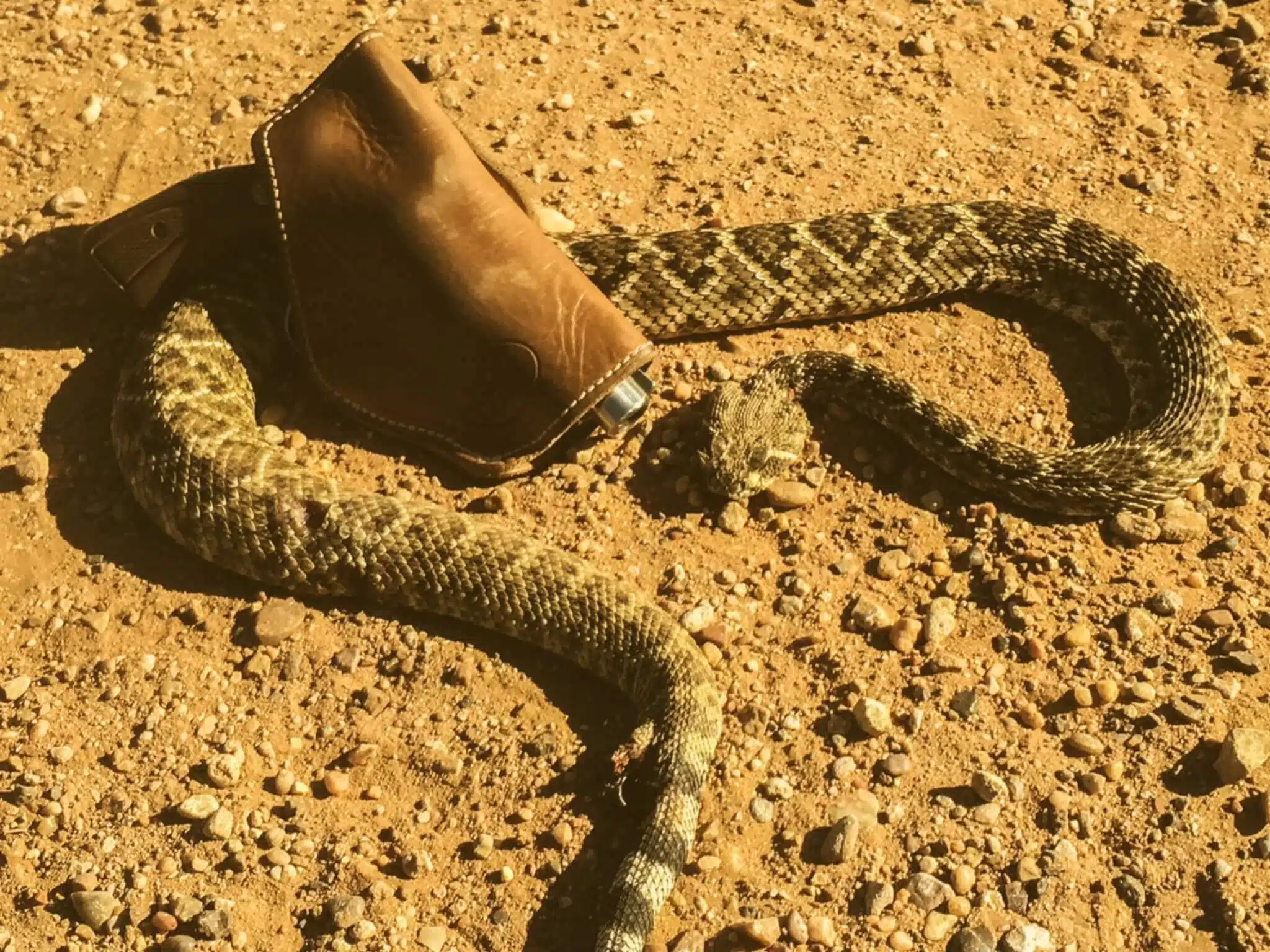Training From Zero to Three Yards
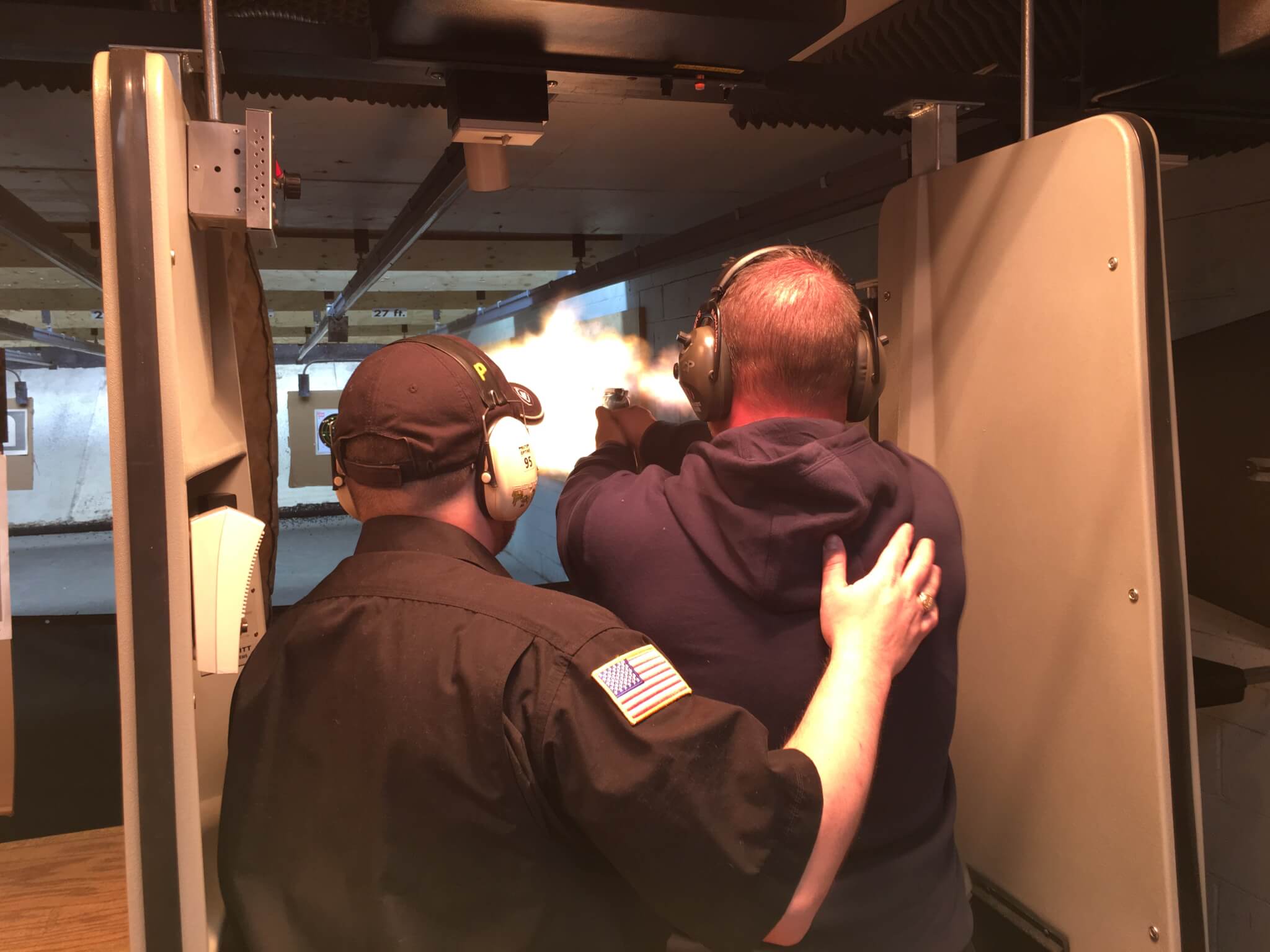
We have all gone out to the shooting range, set up our target, and pushed it out to 10 or 25 yards. After a box or two (three if you can afford it), we see the ragged holes, pack it up, and call it good. Most of us, including me, have felt that should be “good enough” to make sure I keep my pistol skills sharp for most of the likely defensive scenarios.
But, after some incredibly rigorous training, I am now rethinking everything I know about defensive handgun shooting distances and training.
Being accurate is great, and I don’t want you to think I am blowing it off entirely, but other than very rare examples, like Eli Dickens in Indiana, most handgun defense is close. How close? We have seen the often quoted 7 yards from the FBI, other sources like our partners at USCCA state it is better to think of 3-7 yards.
I would argue that the training for 3 yards is arguably the same as longer distances: get a good presentation, good lock out, sight alignment, and good trigger press.
What about training at 0-3 yards?
Most of the above-mentioned further shots are great because they buy you time to draw, move to acquire your target, and shoot. Even physics supports it with distance = time x speed. But if someone is right up in your grill, how do you practice for that?
If someone sneaks up on you at an ATM, they are less than a yard away. If you have your gun on you do you know what to do?
First, I am not an expert, but I have been doing nothing but training at these distances for 24 hours over a three-day period. During that time, I had to be able to draw my gun at less than a foot’s distance and get it into the fight by feeling where the muzzle was, not where the sights were pointing.
While most ranges won’t let you draw from a holster (due to liability) you can still practice getting your gun out from its position and firing from a very close distance, then get space and fire more accurate shots. It is easy to imagine this being a ne’er do well at a shady gas station that corners you by the pump.
A second factor is how you plan on retaining your firearm so you can use it when the time is right and/or prevent said dirtbag from being able to grab your gun. During this course, more than one person was shot with their own pistol after a scuffle, and it is SCARY to see how easy that is.
We had more than one holster that didn’t retain the firearm while in a scuffle, whereas the Roughneck I brought held onto that Sim-pistol without tossing it in the fight.
During the whole course, including multiple rounds of fighting, and multiple range iterations, of the several hundred rounds fired on target only 1/3 (maybe, it was likely less) were done using the sights, which if you look at a lot of close fights, that holds true.
So I am actively changing my training to incorporate some of these close-in encounters where I may not have the distance to do a full extension and a great sight picture, and have to shoot by feel. I will continue to use my magnetic holster as it was like butter to draw from and held up incredibly well for retention in a scuffle.
I would encourage you to do the same, because not all threats will be seen or known at 10 yards off, and you may not have the time you need.
Author: Ian Bolser
